Four-Engined Mothership Designed To Hoist Unmanned Payloads, As
Well
At a flashy press event in New York Wednesday, Virgin Galactic
unveiled the design of its new space launch system based on the X
Prize-winning technology of SpaceShipOne, which successfully flew
into space for the third time in October 2004 and won the $10
million Ansari X Prize.
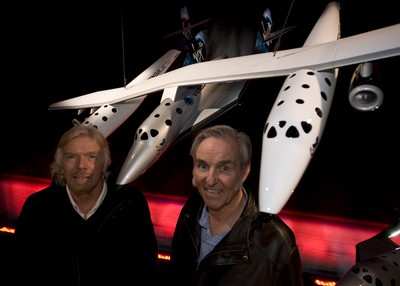
The construction of the White Knight Two (WK2) mothership, or
carrier aircraft, is now very close to completion at Scaled
Composites in Mojave, CA and is expected to begin flight testing in
the summer of 2008. Virgin says WK2 is the world's largest, all
carbon composite aircraft; it has a unique high altitude lift
capacity, capable of launching SpaceShipTwo and its eight
astronauts into sub-orbital space flight.
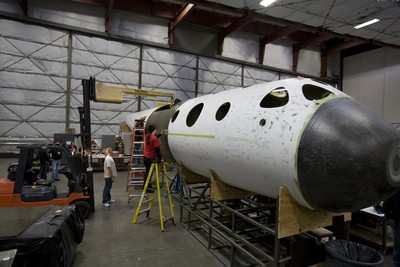
"Burt [Rutan] has been very reluctant to let anyone in to his
factory, especially me, so having seen the footage I am enormously
relieved that he has indeed been hard at work building our
spaceships for the past two years," quipped Virgin founder Sir
Richard Branson. "2008 really will be the Year of the
Spaceship."
The WK2 mothership is powered by four Pratt and Whitney PW308A
engines, which are amongst the most powerful, economic and
efficient engines available. Virgin notes its space launch system
is also "environmentally benign," an allusion to the company's
efforts to offset the carbon impact of the program.
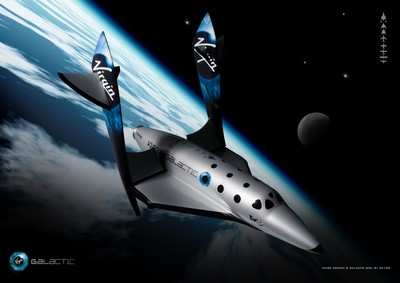
Notably, the WK2 mothership has also been designed to be capable
of lifting other payload and launching it into space. Both Scaled
Composites and Virgin Galactic believe the system has sufficient
lifting capability to launch unmanned vehicles designed to carry
small satellites and other scientific payload into low earth
orbit.
While the first priority for Virgin Galactic is developing the
market for human spaceflight, the company is already assessing the
potential for unmanned launch capability.
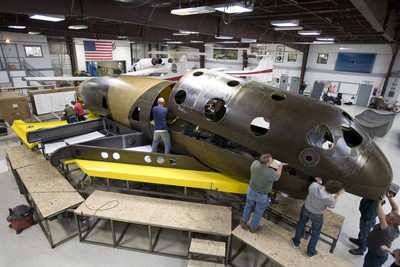
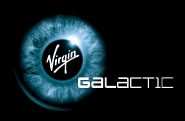 "If our new system
could carry only people into space, that would be enough for me,
because of the transforming effect it will have on the thousands
who will travel with us," said Branson. "It is quite clear from
every astronaut that I've ever spoken to -- including Brian Binnie
and Mike Melvill -- that seeing the planet from out there,
surrounded by the incredibly thin protective layer of atmosphere,
helps one to wake up to the fragility of the small portion of the
planet's mass that we inhabit, and to the importance of protecting
the Earth."
"If our new system
could carry only people into space, that would be enough for me,
because of the transforming effect it will have on the thousands
who will travel with us," said Branson. "It is quite clear from
every astronaut that I've ever spoken to -- including Brian Binnie
and Mike Melvill -- that seeing the planet from out there,
surrounded by the incredibly thin protective layer of atmosphere,
helps one to wake up to the fragility of the small portion of the
planet's mass that we inhabit, and to the importance of protecting
the Earth."
Meanwhile, Virgin states SpaceShipTwo is now nearly 60%
complete. It incorporates both the lessons learned from the
SpaceShipOne program and the market research conducted by Virgin
Galactic into the requirements future astronauts have for their
space flight experience (space enthusiasts may also note
SpaceShipTwo bears an uncanny resemblance to the USAF X-20
'Dynasoar' program of the 1960s, a forerunner to today's space
shuttle -- Ed.) Virgin notes SS2 also has
built-in flexibility to adapt to future requirements for other
scientific and commercial applications.
While the two vehicles comprising the space launch system have
been under construction, Virgin Galactic says its cadre of future
astronauts has continued to grow strongly to well in excess of 200
individuals, with around 85,000 registrations of interest to fly.
The deposit base now exceeds $30 million, representing more than
$45 million of future income to the fledgling spaceline.
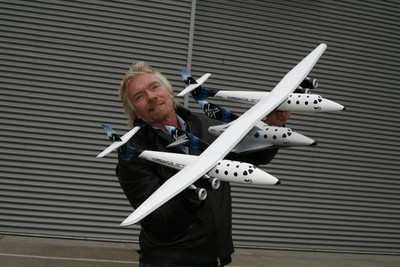
Astronaut orientation for spaceflight is progressing well and
already 80 of SpaceShipTwo's first passengers have been through
medical assessment and centrifuge training at the NASTAR facility
in Philadelphia. During their G-Force acclimatization program, the
participants were spun to 3.5GZ (head to toe) and 6GX (front to
back) to simulate the actual flight profile of SpaceShipTwo during
a 110km (68 miles) apogee sub-orbital space flight.
 ANN's Daily Aero-Term (05.05.24): Omnidirectional Approach Lighting System
ANN's Daily Aero-Term (05.05.24): Omnidirectional Approach Lighting System Aero-News: Quote of the Day (05.05.24)
Aero-News: Quote of the Day (05.05.24) Airborne 05.06.24: Gone West-Dick Rutan, ICON BK Update, SpaceX EVA Suit
Airborne 05.06.24: Gone West-Dick Rutan, ICON BK Update, SpaceX EVA Suit Airborne 05.03.24: Advanced Powerplant Solutions, PRA Runway Woes, Drone Racing
Airborne 05.03.24: Advanced Powerplant Solutions, PRA Runway Woes, Drone Racing Aero-News: Quote of the Day (05.06xx.24)
Aero-News: Quote of the Day (05.06xx.24)








